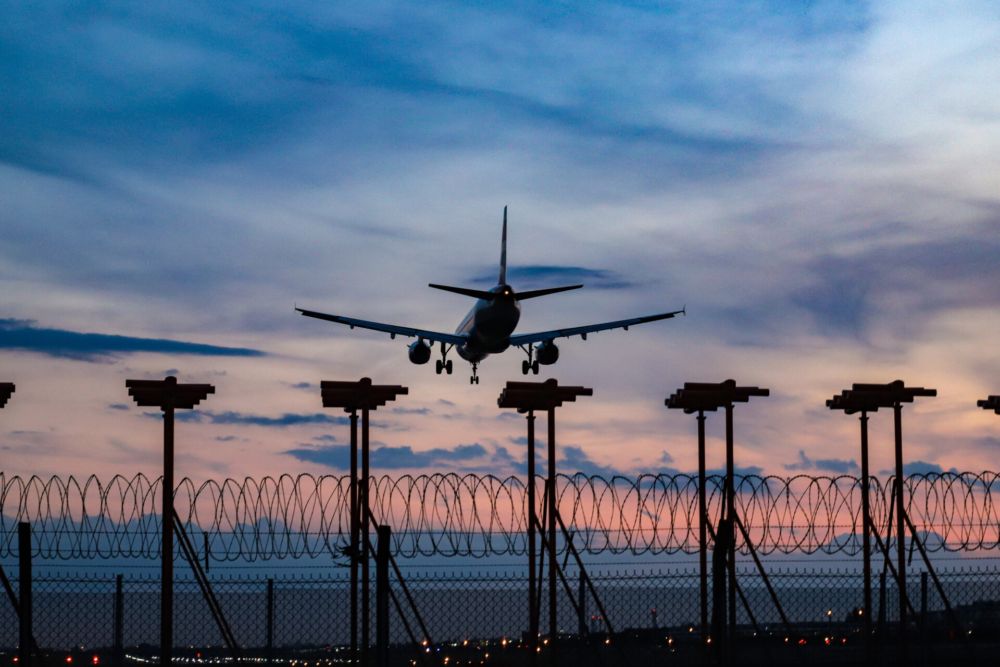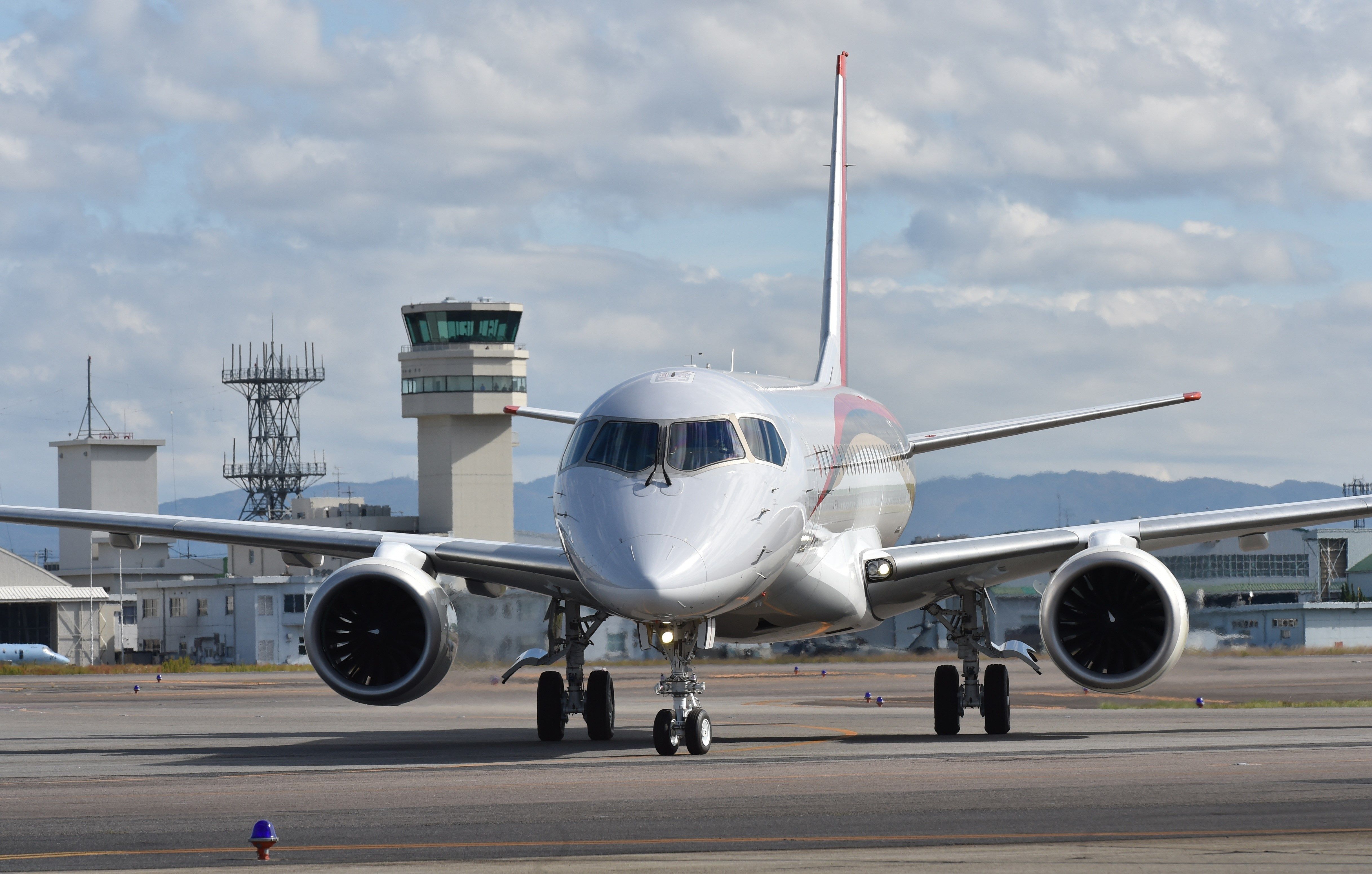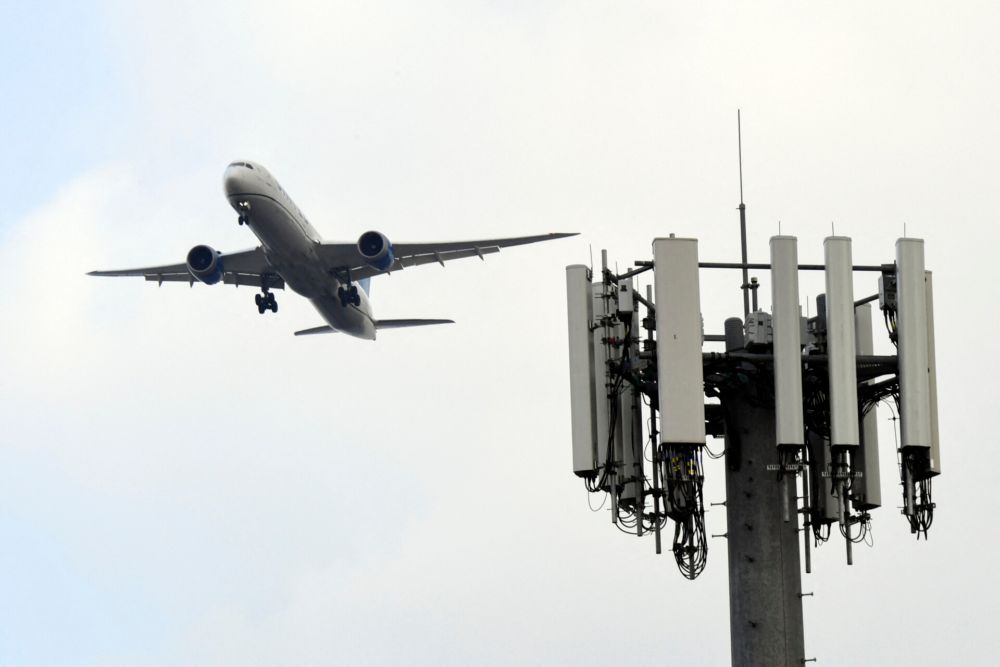The debate involving 5G and the aviation industry in the US is still far from over, as the International Air Transport Association (IATA) has recently expressed its strongest dismay with the Federal Aviation Administration's (FAA) choice to roll out a 5G aircraft retrofit timetable.
The problem with 5G and aviation
While the rollout of 5G worldwide has been a joy for any Internet and mobile data network user, with the faster speeds and lower impacts from congestion. Unfortunately, the same cannot be said for the aviation industry. Since late last year, it was found that the new generation of 5G and associated antennas had the potential to cause interference with aircraft operations.
This is a particular risk for landing at airports when the aircraft is closer to the surrounding neighborhoods, as the 5G transmitters could interfere with older radio altimeters, causing the system to potentially malfunction and give faulty altitude readings to flight crews.
Not enough time given
Announced on Friday, the 5G aircraft retrofit timetable requires airlines to replace or upgrade FAA-approved radio altimeters on large commercial aircraft. The retrofit should help to protect the aircraft against potential interference from the rollout of 5G near US airports. While the plan sounds safe and secure, the twist comes in that the FAA wants such changes done by July 2023.
Financials aside, this means that hundreds of airlines and thousands of aircraft must undergo such retrofitting within the year's timeframe to remain compliant. Seeing that the deadline is nearly impossible to accomplish, IATA has contradicted the FAA's timetable, stating there are zero consensuses amongst the affected airlines that the deadline is even possible.
Moreover, IATA highlights that the FAA has not yet approved feasible solutions, and the aircraft systems provider has not proven any guarantee that they could produce the required new equipment within such a short timeline. There is also no guarantee that the new systems will be 100% unaffected by interferences from 5G rollouts.
The new altimeters would have better range filters but may only be as capable of limiting interference from neighboring frequencies. In short, while the FAA advocates the retrofit timetable for safety reasons, the non-solutions and short deadline contrast it significantly.
What's next after 5G?
Let's face it; technology will also keep evolving at an even more rapid pace in these modern times. And with the advancements in technology, older systems within the aircraft will need to be updated. The issue of tolerances to accommodate technological growth will always be a problem for aviation. Once the fiasco with 5G eventually settles, there will be others such as 6G or even 7G.
IATA has in place four strategic pillars to protect and mitigate threats to the civil aviation spectrum, and they are:
- Safe and uninterrupted airline operations: civil aviation should not be negatively impacted by any spectrum deployments.
- Joint coordination: government agencies should plan spectrum deployments collaboratively with industry stakeholders.
- Protection of civil aviation spectrum resources: and establishment of predictable global spectrum environment
- Robust aircraft and avionics design: with a clear and cost-effective migration path
With these four pillars, a more off-center approach would be if IATA and the FAA worked together to help better prepare what's next for technology in aviation. The FAA could continue mandating the replacement of old altimeters and possibly any other aged avionics system that could be interfered with in the future, according to a research study IATA could conduct.



